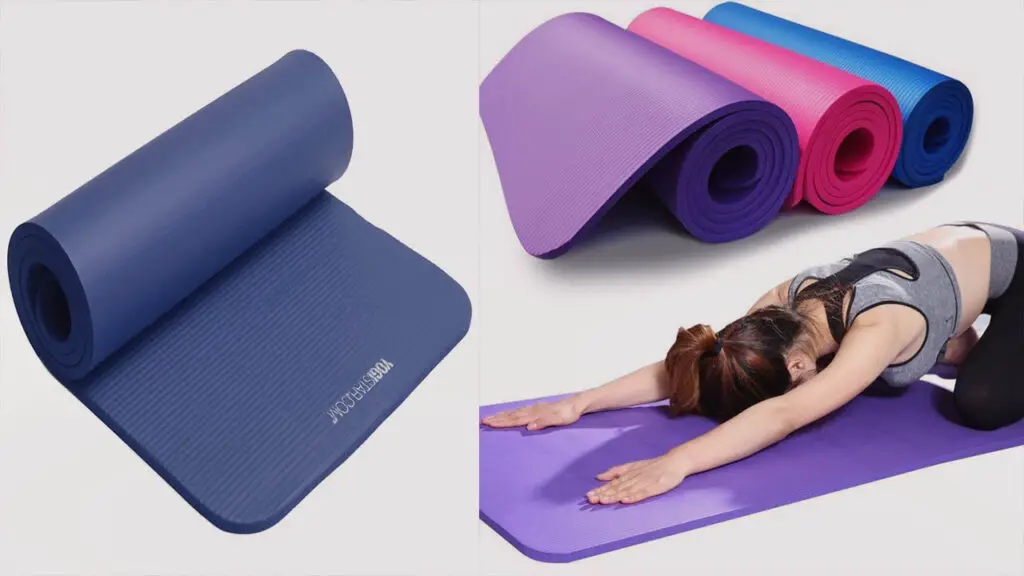The lunar rover, also known as the moon buggy, was designed to fold up to fit inside the lunar module. The rover was collapsible to fit within the limited space of the lunar module.
The development of the moon buggy was a critical aspect of NASA’s Apollo program, allowing astronauts to explore the lunar surface during the Apollo 15, 16, and 17 missions. The challenge of transporting a vehicle to the moon and ensuring it could fit within the confines of the lunar module was a significant engineering feat.
With limited space available, engineers designed the lunar rover to fold and collapse, enabling it to fit snugly into the cramped quarters of the lunar module. This ingenious design allowed astronauts to transport the rover to the moon and deploy it for their exploratory missions with ease. The successful integration of the moon buggy into the lunar module exemplified the remarkable capabilities of the engineers and scientists behind the Apollo program.
The Moon Buggy: A Vital Lunar Exploration Tool
The moon buggy, officially known as the Lunar Roving Vehicle (LRV), played a crucial role in enabling astronauts to explore the lunar surface during the Apollo missions. Its compact design and innovative storage mechanism allowed it to be transported within the limited confines of the lunar module, providing astronauts with unprecedented mobility and enhancing the overall success of lunar exploration.
Origins Of The Moon Buggy
The concept of a lunar rover originated from the need to enhance astronaut mobility during lunar missions. Early lunar exploration missions highlighted the limitations of astronauts’ movement on foot, spurring the development of a specialized vehicle that could navigate the rugged lunar terrain with ease.
Nasa’s Need For Lunar Mobility
NASA recognized the critical need for a compact and efficient mode of lunar transportation to enable astronauts to cover greater distances and conduct detailed scientific research on the moon’s surface. This led to the inception of the LRV program, aimed at developing a versatile and lightweight vehicle for lunar exploration.
Designing A Compact Lunar Vehicle
The design of the moon buggy focused on creating a lightweight and collapsible vehicle that could be easily transported and deployed on the lunar surface. Engineers meticulously crafted a compact structure that could withstand the harsh conditions of space while offering exceptional maneuverability for astronauts.
Engineering Constraints And Solutions
Addressing the engineering challenges posed by the lunar environment, NASA engineers developed innovative solutions to ensure the moon buggy’s durability, weight efficiency, and compatibility with the lunar module. These technical advancements were pivotal in overcoming the inherent limitations of lunar exploration.
The Challenge Of Stowing The Moon Buggy
One of the primary challenges faced by engineers was the efficient storage of the moon buggy within the confined space of the lunar module. The need for a compact stowage solution drove the development of a unique folding mechanism that allowed the rover to be securely packed for transport.
Ensuring Secure Storage Within The Spaceship
To ensure the moon buggy’s safe stowage, engineers designed robust locking mechanisms and securing components that would prevent the vehicle from shifting or causing interference during the spacecraft’s journey to the moon. These measures were essential to safeguard the rover and the astronauts during transit.
Deploying The Moon Buggy On The Moon’s Surface
Upon landing, astronauts initiated the deployment process to unfurl the moon buggy from its stowed position within the lunar module. The intricately engineered unfolding mechanism allowed for a seamless transition from storage to operational configuration, facilitating the vehicle’s swift readiness for lunar exploration.

Credit: www.amazon.com
Frequently Asked Questions On How Did The Moon Buggy Fit Inside The Spaceship
How Did Nasa Fit The Moon Buggy Inside The Spaceship?
NASA engineers designed the Lunar Roving Vehicle (LRV), also known as the moon buggy, to fold and fit into a storage compartment on the lunar module. Its collapsible frame and strategic placement allowed it to be conveniently stored and deployed for lunar exploration missions.
What Were The Dimensions Of The Moon Buggy When Folded?
The moon buggy, when folded, measured approximately 7. 5 feet (2. 3 meters) long, 6 feet (1. 8 meters) wide, and 2. 5 feet (0. 76 meters) high. This compact configuration allowed it to be stored within the limited space of the lunar module, demonstrating the precision of NASA’s engineering.
How Did Astronauts Unfold The Moon Buggy On The Moon’s Surface?
Upon reaching the moon’s surface, astronauts released latches and extended the moon buggy’s frame, allowing it to unfold and transform into its functional state. This process enabled astronauts to use the vehicle for exploration, showcasing NASA’s meticulous planning for lunar missions.
Conclusion
The design and engineering of the Moon buggy and the spaceship were meticulously planned. The compact folding and assembly of the Moon buggy allowed it to fit snugly inside the spacecraft. This ingenious solution showcases the creativity and innovation of space exploration technology, allowing astronauts to navigate the lunar surface efficiently.



